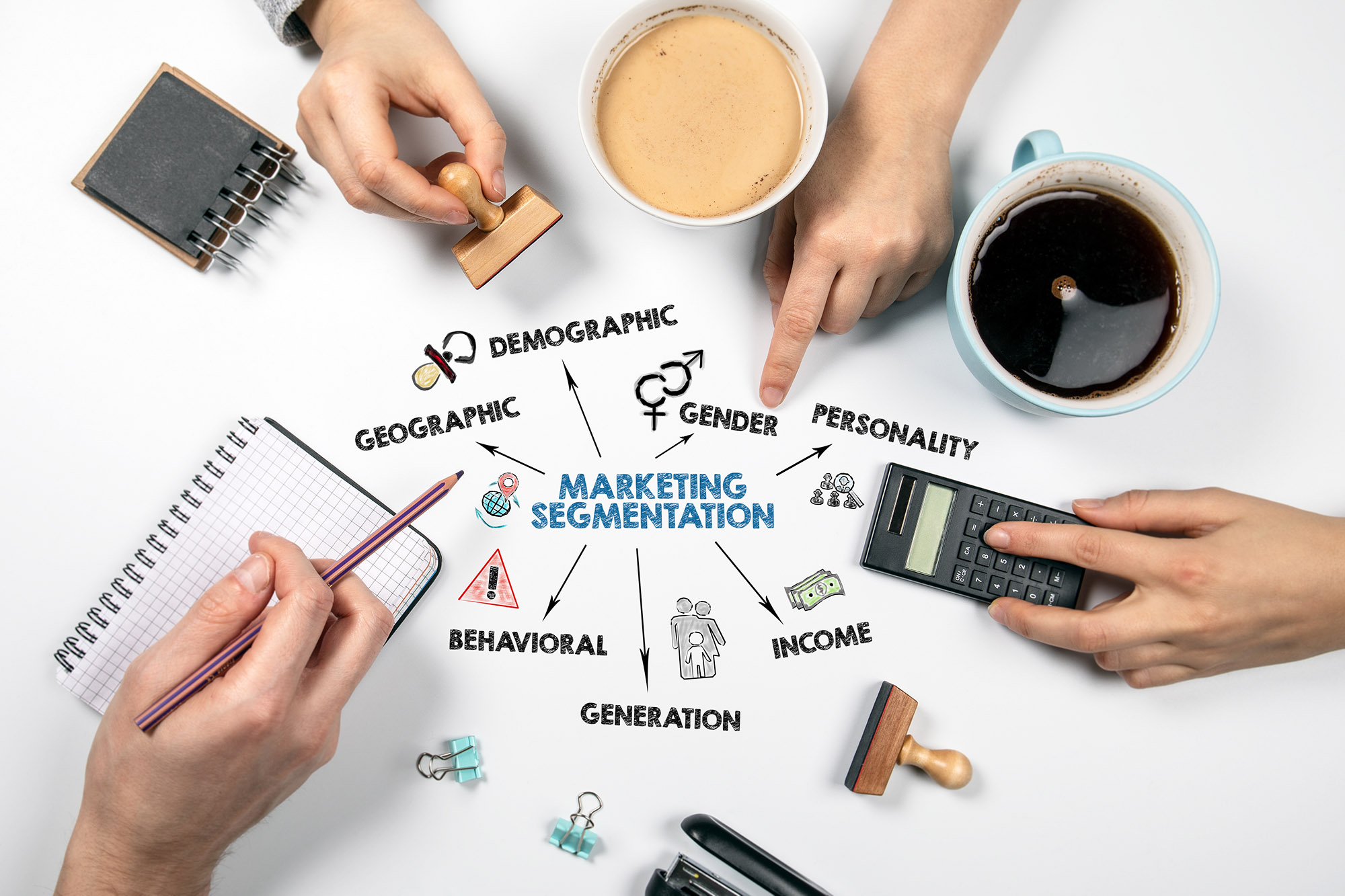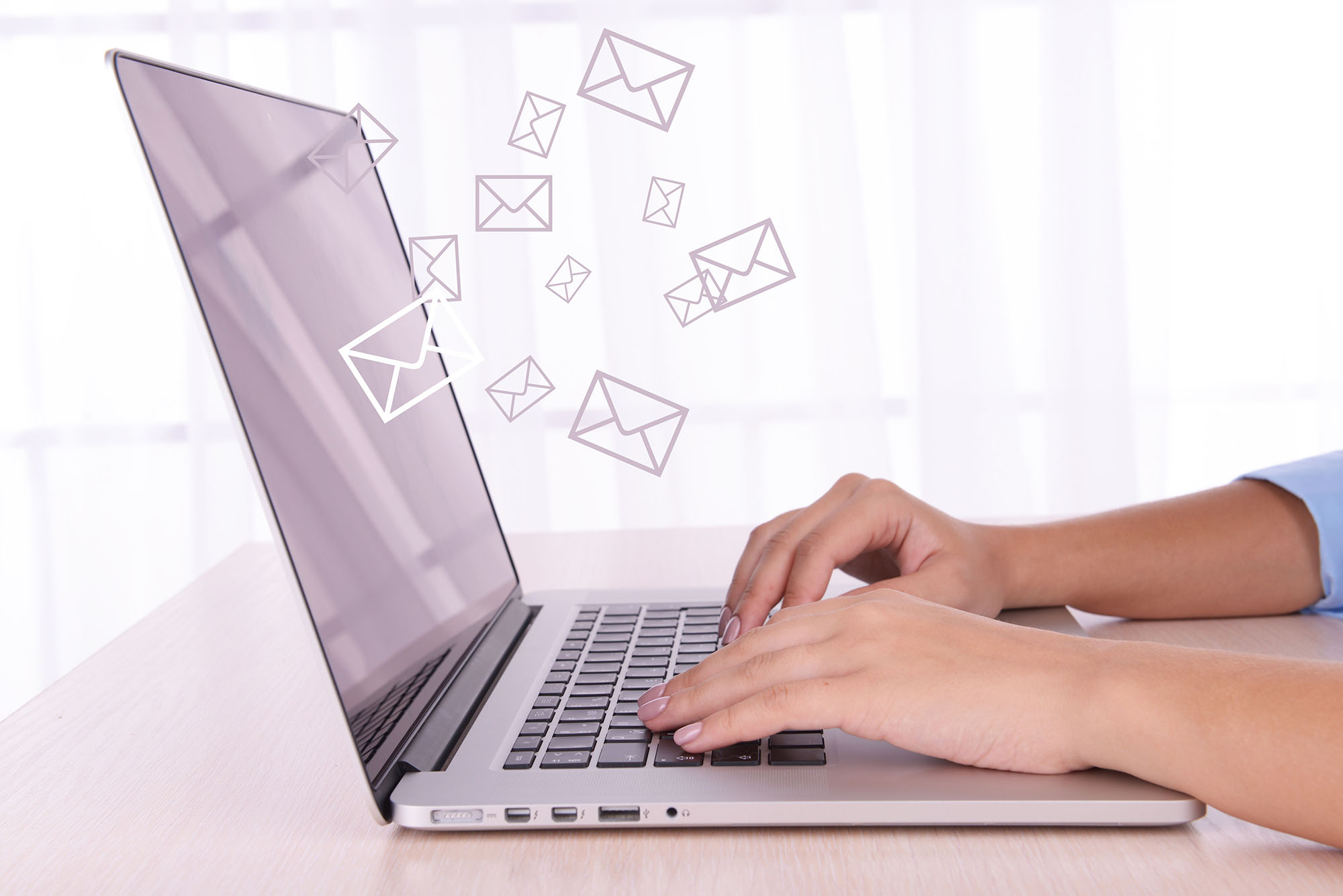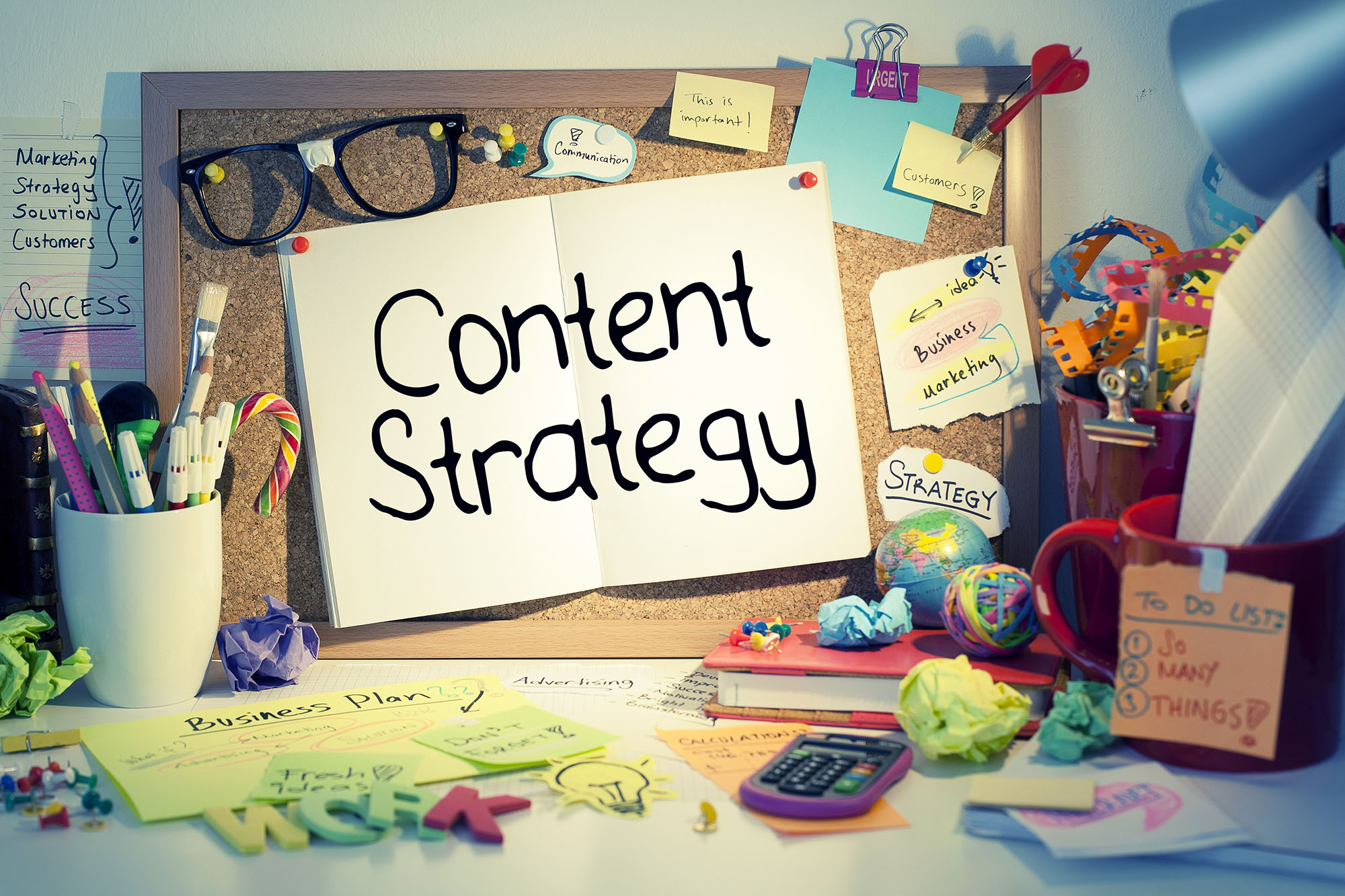
Identifying Your Target Audience
Knowing who you’re talking to is the cornerstone of any marketing endeavor, and email marketing is no exception. Before you write a single line of copy or design an email template, you need to have a clear understanding of your target audience. This involves knowing their demographics, psychographics, preferences, and pain points.
The Importance of Customer Personas
Creating customer personas can be a helpful exercise in this context. A persona is a semi-fictional representation of your ideal customer, which helps in tailoring your email content to meet the specific needs and concerns of your audience. This practice enables you to craft messages that resonate, increasing engagement and driving conversions.
Understanding Customer Journey Stages
Email marketing is not a one-size-fits-all venture. Different customers are at different stages in their journey with your brand—from awareness to consideration to purchase and finally to retention. Your email marketing strategy should take this journey into account and offer tailored content that is relevant to each stage.
Behavioral Triggers and Their Role
The more you know about your audience, the more refined your email triggers can be. Behavioral triggers are actions that your customers take, which signal an opportunity or a need for specific marketing actions. For example, a cart abandonment is a behavioral trigger that may require an automated follow-up email encouraging the customer to complete their purchase.
The Power of Segmentation
Once you have a solid understanding of your audience, segmentation becomes the key to delivering the right message at the right time. Audience segmentation involves dividing your email list into smaller groups based on specific criteria like demographics, purchase history, or engagement level. This allows for more personalized messaging, making your marketing efforts more efficient and effective.







